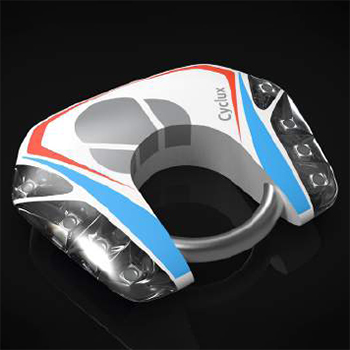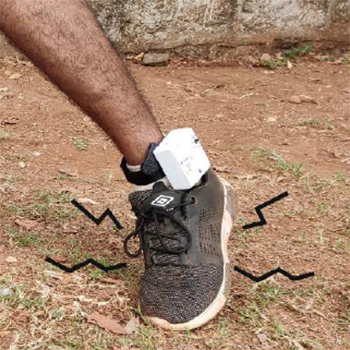Footwear of a particular type has to be worn for the activity it is designed for. Wearing ill-fitting footwear leads to blisters, injury and altered gait patterns. Capturing and visualising gait patterns has been used by researchers for testing the reliability of different gait capturing sensors; by doctors and physiotherapists for early identification of pathological gait and rehabilitation; and by footwear companies, physical trainers and coaches for preventing injuries in joints and muscles and for improving the physicality and technique of professional players. There are many articles on the effects of high-heeled and ill-fitting footwear that have been written on health websites and in magazines, but there is no visual data on the variations of the altered gait patterns. It is expensive to visually analyse the changes in the gait pattern using gold standard devices. One of the methods for detecting gait events is through an Inertial Measurement Unit (IMU) sensor. It is a cheap, reliable and portable sensor when compared to other devices for capturing gait data. In this paper, we discuss the initial development of a gait sensing device and a tool to visualise the changes in the gait pattern when different footwear were used; the preliminary user evaluation of this device; and the analysis. Our evaluation shows that all the participants reported the visualised data of the gait patterns was informative, their footwear caused alterations in their gait pattern and they will be considering comfortable footwear so as to maintain their normal barefoot walking gait pattern.





